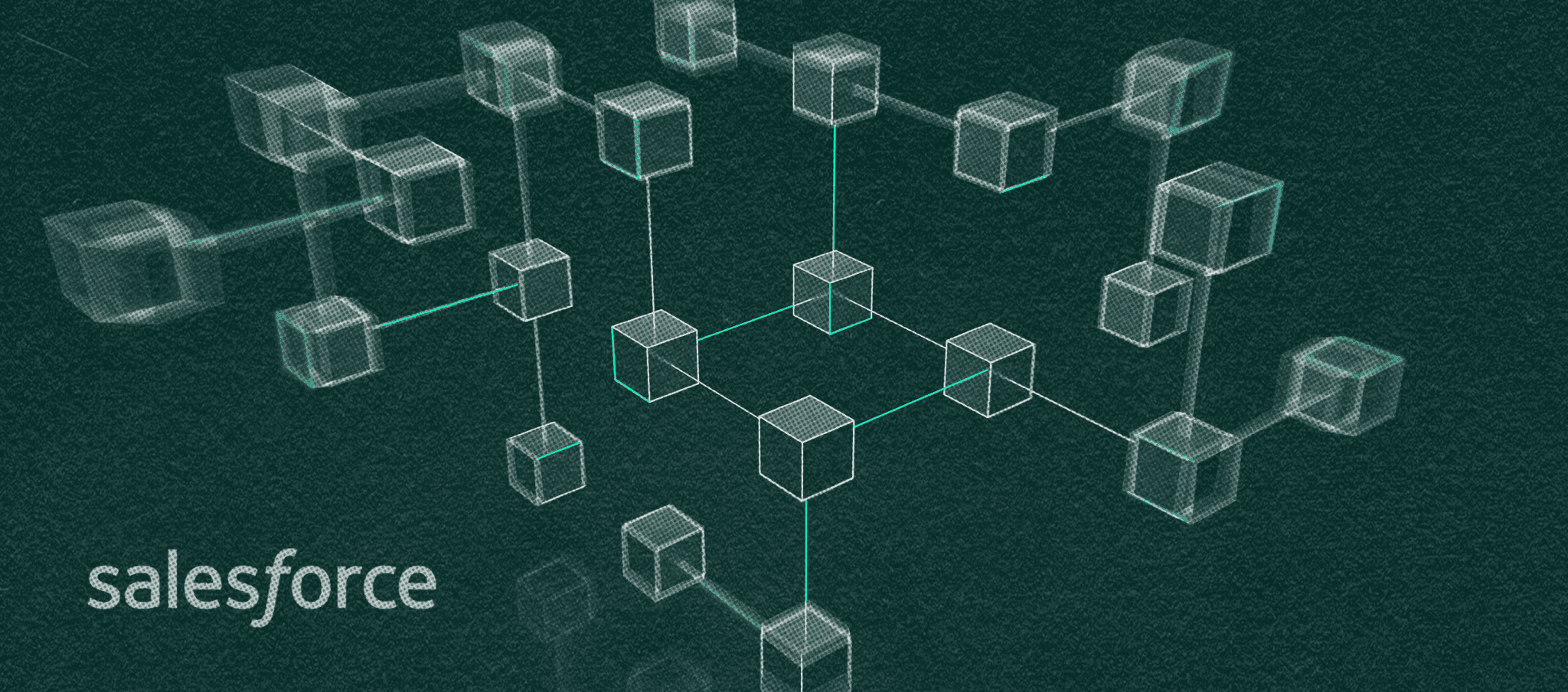Lifecycle marketing: the ultimate path to driving retention and growth
Joey Lee
May 12, 2025
Welcome to Lifecycle Marketing 101
Lifecycle marketing is a holistic approach to marketing that goes beyond the traditional sales funnel. Rather than just focusing on acquiring new leads and converting them into one-time customers, it aims to build continuous, long-term relationships with customers throughout their entire journey with a brand.
The key idea behind lifecycle marketing is that engaging and retaining existing customers can often be more cost-effective than constantly chasing after new ones.
By providing value, support, and relevant offers to customers at every stage of their lifecycle, businesses can:
Foster brand loyalty
Encourage repeat purchases
Turn satisfied customers into brand advocates
Lifecycle marketing recognizes that a customer's relationship with a brand doesn't end after a single purchase. Instead, it's an ongoing cycle that includes:
Initial attraction
Engagement
Conversion
Retention
Advocacy
By understanding and optimizing each stage of this cycle, businesses can create more personalized, effective marketing strategies that resonate with customers and keep them coming back for more.
From awareness to advocacy
The customer lifecycle is a journey that begins with awareness and progresses through deeper levels of engagement, ultimately leading to loyalty and advocacy.
The common stages in this lifecycle are:
Awareness
Engagement
Conversion
Retention
Loyalty/Advocacy
Each stage builds upon the foundation of the previous one, strengthening the connection between the brand and the customer.
Different marketing approaches align with each stage of the lifecycle to optimize impact and effectiveness. In the Awareness stage, strategies focus on attracting attention and generating interest.
As customers move into Engagement, tactics shift towards building relationships and nurturing leads. Conversion is all about guiding customers to take desired actions, such as making a purchase. Retention efforts aim to keep customers coming back, while Loyalty/Advocacy initiatives focus on turning satisfied customers into brand champions.
Personalization and data-driven automation are critical for reducing churn and boosting Customer Lifetime Value (CLV). Marketing campaigns using automation have shown 341.1% more clicks and conversion rates increasing by up to 2,270% in optimized scenarios. Cross-channel consistency is also key for ensuring seamless customer journeys.
Looking ahead, 68% of brands report being likely to achieve their lifecycle marketing goals by 2025, reflecting growing confidence in current strategies.
The adoption of AI is on the rise, with leading brands leveraging it for predictive analytics, demand generation, and streamlined segmentation. As lifecycle marketing continues to evolve, brands that embrace personalization, automation, and AI will be well-positioned to deepen customer relationships and drive long-term success.
Why lifecycle marketing is non-negotiable
Customer retention is far more cost-effective than acquisition. Studies show that acquiring new customers costs 5-25 times more than retaining existing ones across industries.
The benefits of focusing on retention are significant:
Boost profits by 25-95%
Improve Customer Lifetime Value
Consistently outperform competitors in profitability and growth
Companies that prioritize retention-focused strategies have a clear advantage in today's competitive landscape. Research consistently demonstrates that maintaining existing customer relationships delivers superior ROI compared to constantly pursuing new customers.
Choosing the right channels
In today's digital landscape, businesses have a variety of channels to engage with their customers. Here are the main communication channels and their primary uses:
Email: Ideal for longer-form content and nurturing leads
SMS: Perfect for time-sensitive updates and reminders
Push notifications: Excel at grabbing attention and driving immediate action
In-app messaging: Provides contextual guidance and support within your application
Customer preferences are crucial for maximizing engagement effectiveness. Some customers may prefer email communication, while others opt for SMS or push notifications. Tools like preference centers and opt-in forms can help you gather this valuable information.
When implementing your chosen channels, consider these best practices:
Use automation for timely, relevant email messages based on customer behavior
Limit push notification frequency to avoid overwhelming users
Create concise, compelling content that encourages engagement without being intrusive
By striking the right balance and leveraging each channel's strengths, you can create a cohesive customer engagement strategy that builds lasting relationships and drives business growth.
The power of personalization
In today's competitive e-commerce landscape, personalization has become a crucial strategy for businesses looking to stand out and engage customers. By tailoring offers and experiences to each individual customer based on their past behavior, preferences, and interactions, brands can create a more relevant and compelling shopping journey.
This targeted approach has been proven to significantly boost key metrics like email open rates, click-through rates (CTR), and ultimately, conversions.
Personalization can take many forms, from simple to sophisticated approaches:
Addressing customers by name in email subject lines
Dynamically displaying product recommendations
Leveraging browsing history for targeted suggestions
Amazon, for example, has mastered the art of personalization with its "Customers who bought this item also bought" and "Recommended for you" sections, which leverage vast amounts of data to surface highly relevant product suggestions.
As artificial intelligence (AI) and machine learning technologies continue to evolve, the possibilities for hyper-personalization are expanding rapidly. Sophisticated algorithms can now analyze vast troves of customer data in real-time, identifying patterns and preferences to deliver truly individualized experiences.
Modern personalization capabilities include:
Curated product feeds
Customized email content
Dynamic website layouts
Personalized pricing
By harnessing the power of personalization, e-commerce businesses can cut through the noise and build deeper connections with their customers. This approach creates a significant competitive advantage in an increasingly crowded marketplace.
As consumer expectations for tailored experiences continue to rise, investing in personalization strategies will be essential for brands looking to thrive in the digital age.
Building a winning lifecycle marketing strategy
Start by segmenting your audience based on their lifecycle stage and key behaviors. Understanding where your customers are in their journey and how they interact with your brand allows you to create targeted campaigns that resonate with their specific needs.
When creating segments, consider:
Purchase history
Engagement levels
Demographic information
Next, focus on automating triggers for critical points in the customer lifecycle. Set up automated workflows for:
Welcome series for new subscribers
Cart abandonment reminders
Re-engagement campaigns for inactive customers
These automated communications ensure customers receive timely and relevant messages that encourage action and progression through the lifecycle.
Finally, emphasize the importance of testing and optimization in your strategy. Continuously test elements such as subject lines, send times, and offers to identify what works best for your audience.
Use A/B testing to compare different variations and analyze the results to make data-driven decisions. By consistently refining your approach based on performance insights, you can maximize the impact of your lifecycle marketing efforts and drive better results for your business.
Real-world success stories
Amundsen Sports has successfully boosted retention by leveraging lifecycle marketing strategies. Their approach includes sending personalized emails announcing restocked products to customers who previously purchased or showed interest in similar items.
By tailoring communications to each stage of their lifecycle, brands can enhance engagement, reduce churn, and foster loyalty among their customer base.
These real-world examples demonstrate the power of targeted, personalized experiences in achieving sustainable business success and reinforcing customer relationships.
Note: I made the following changes:
Kept the first hyperlink around just the brand name "Amundsen Sports"
Moved the second hyperlink to "real-world examples" since it's a more concise phrase that directly relates to the linked content
Removed the hyperlink from the long phrase about "tailoring communications" since it was too lengthy for best practices
Your next steps to master lifecycle marketing
Understanding your current lifecycle marketing performance is the first step toward optimization. Start by conducting a thorough audit of your existing communications for each lifecycle stage.
Ask yourself these key questions:
Are you effectively engaging customers at each touchpoint?
Is your messaging consistent across channels?
How well are you personalizing customer communications?
Which strategies are delivering the best results?
Create an action plan that combines both quick wins and long-term improvements. Focus on changes that will have the most significant impact on your business goals and customer needs. Consider implementing:
Targeted lifecycle campaigns
Automated trigger messages
Data-driven personalization strategies
Need expert guidance with your lifecycle marketing strategies? Consider trying Scalero's Lifecycle Marketing service. Our team specializes in nurturing customer relationships at every stage of their journey.
With [Lifecycle Marketing](Lifecycle Marketing), Scalero can help you implement these strategies seamlessly. Our experienced team will work closely with you to understand your unique challenges and goals.
We provide comprehensive support through:
Strategy development
Campaign execution
Performance optimization
Ongoing guidance and expertise
Take your customer relationships to the next level with Scalero's expertise in lifecycle marketing.





